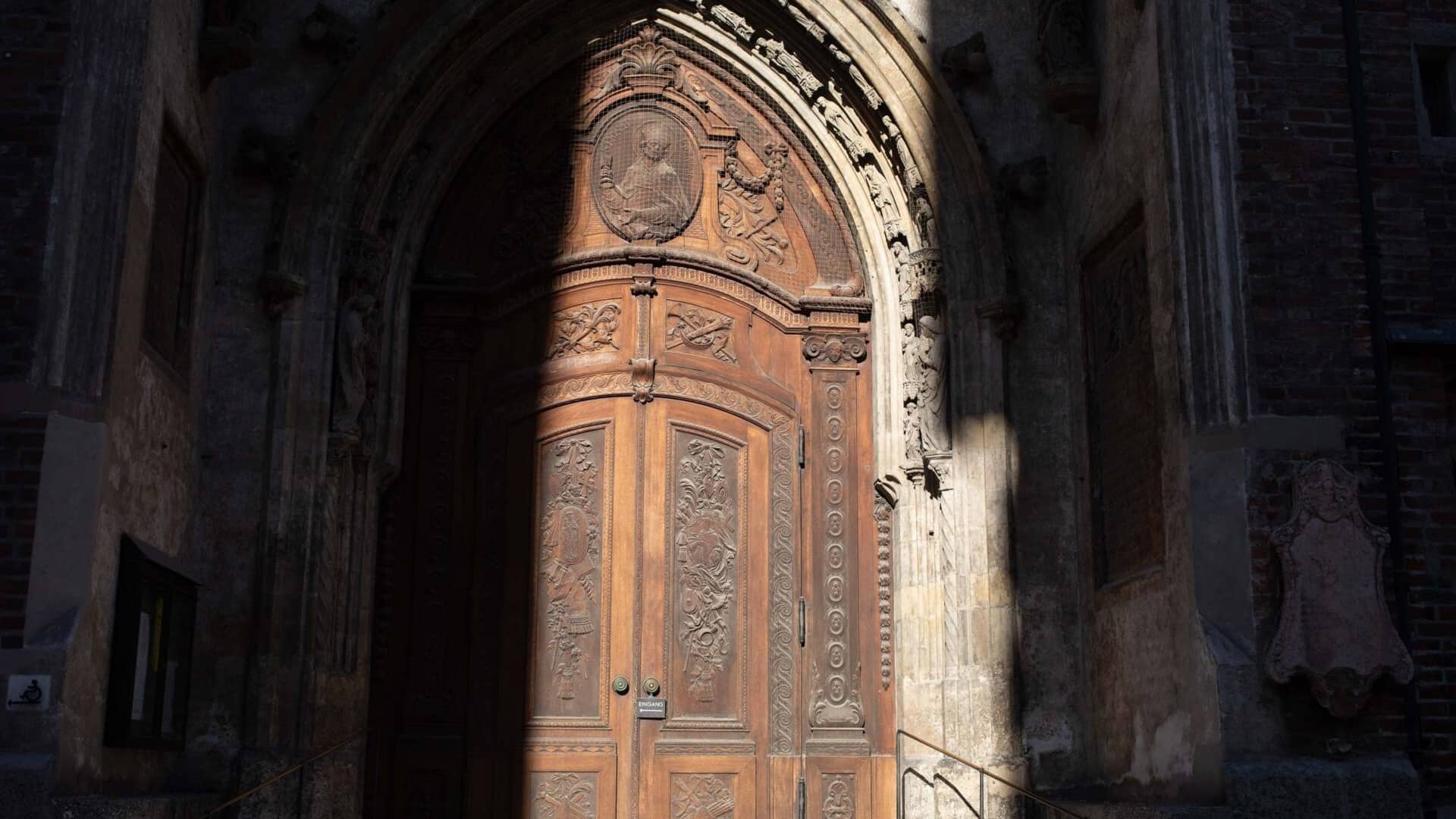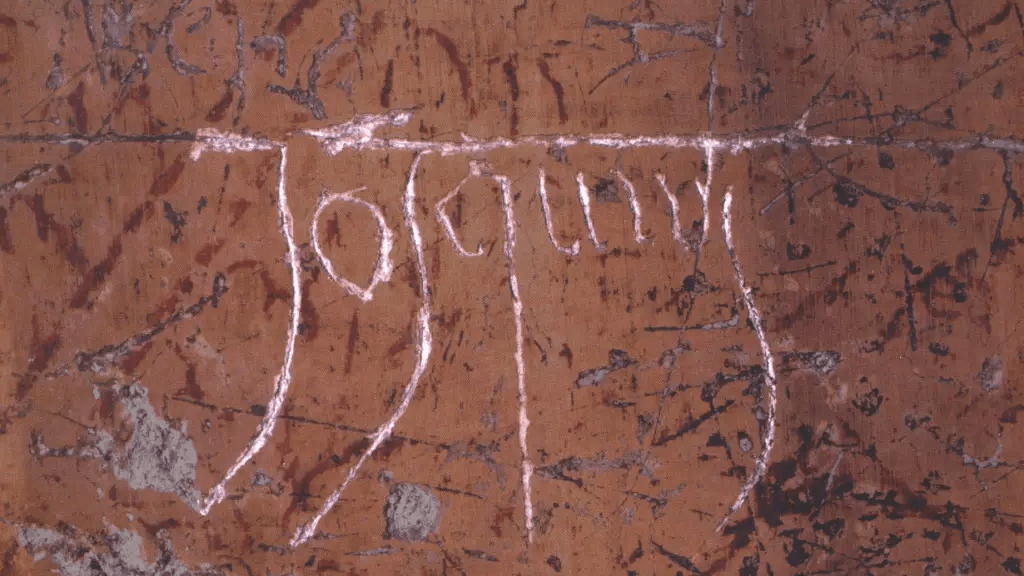Orlande de Lassus’ “Aurora lucis rutilat”: An Easter Motet
First recorded in the 9th century, Aurora lucis rutilat (“Dawn reddens with light”) depicts the dawn of Easter morning and the triumph of resurrection. Late Renaissance composer Orlande de Lassus (c. 1532–1594) created a ten-voice motet setting near the end of his life (c. 1592). Born in the Netherlands, Lassus was long employed by the court of Munich. As Lassus’ motet unfolds, we are enveloped in majestic and celebratory polyphonic lines. Two five-voice …







